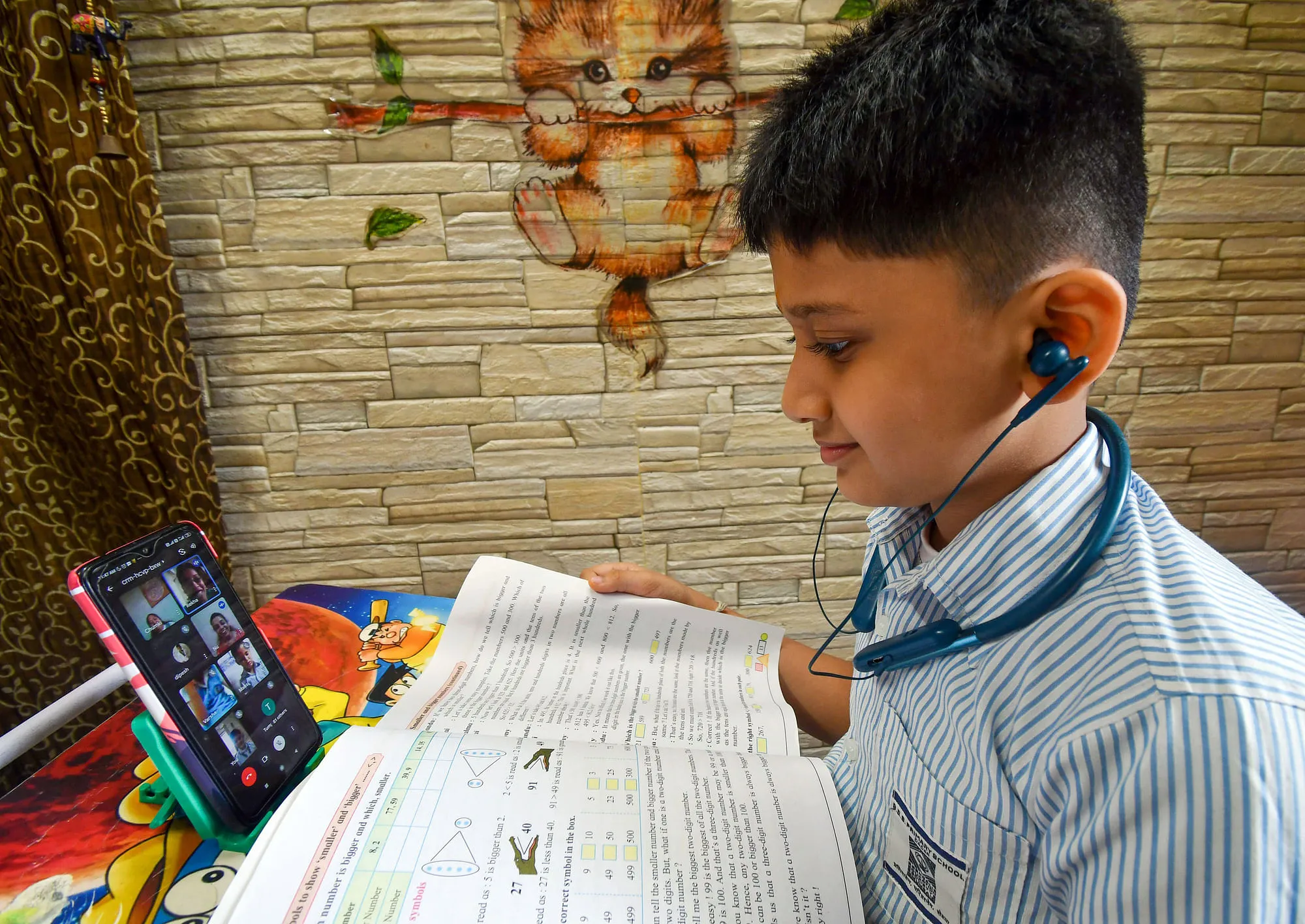BY MOHAMMAD INAM UL HAQUE
Education is a systematic process of transmission of knowledge, skills, morals, beliefs and habits; building of talents and capacities of students by older generation. It is usually imparted in schools, colleges, universities and other such institutions in a conducive, safe and congenial environment.
In Kashmir, months before the first COVID-19 lockdown, the whole education system was paralyzed. Later in early March 2020, all educational institutions in J&K were reopened, restrictions lifted and normal life of masses to some extent restored. The students in particular heaved a sigh of relief after months of strangulation with a renewed hope of attending classes in person. However, on 14th March 2019, Director General of WHO declared COVID-19 a pandemic and lockdowns were imposed by almost every country along with SOPs put in order to restrict the spread of the disease. In the last week of March 2020 the educational institutes were again closed followed by a complete lockdown.
Transacting education in Kashmir in both situations (Political and Pandemic) is a huge challenge. In political lockdowns, curfews and shutdowns, encounters, blocking of phone and internet services have been the first act of the state on the pretext of security reasons whereas in pandemic lockdowns, it is to prevent the spread of the disease and hence human loss. Prior to the pandemic, the internet services rendered to students, teachers or institutions were restricted to Wikipedia or other such educational portals. Later some social media Apps were unlocked like YOUTUBE to facilitate the one way teaching that have many challenges viz internet with low speed (2G), and lack of technological tools like laptops, smartphones, etc. to benefit from these apps.
With the evolution of computer technology and the introduction of sophisticated cell phones, things became out of bounds for the majority of students and the teaching faculty as the prices are unaffordable and parents of the majority of students could take the extra burden of investment into this gadgetry. The online education was restricted to the competitive exams and majority of the students belonging to the rural areas have neither the facilities available nor the least know- how about these.
The COVID-19 pandemic from one side came with the socio-economic disaster and paralyzed the whole world through lockdowns, and on the other side, a new concept of digital communication was promoted in almost every field of human life including education. The technology based communication became the sole alternative to access the students. In this way, the real classroom situations were replaced by the virtual classes.
Different apps like whatsApp, Zoom, Google Meet, Telegram, Teachment, Session and Facebook live are being used to teach through virtual mode. Through these apps students can chat, discuss and share the materials (eBooks, notes, assignments) and can be able to appear online exams also. The virtual mode, however, is beset by myriad challenges both for teachers and students in Kashmir that are summed up as under.
Facility of smartphones or computers, and proper time management is the biggest problem with students. For a parent having three kids three smartphones are required, and that is not affordable for an average family. As I personally experience, we have only one smartphone whereas we are three siblings in our family in three different classes. The problem is that my online time table coincides with my brother and sister. Hence only one of us can use the phone. One can imagine the fate of education for those students who live in an economically dwarfed family.
Internet with low speed is another challenge, as I mentioned earlier that Kashmir undergoes double lockdowns. Only 2G network was in operation for the whole year 2020. In search of better networking of 2G mode, teachers sometimes were seen delivering their lectures in upper stories, or balconies. The lessons were buffered in the process and students could hear only broken syllables, words and sentences. After the restoration of 4G internet, the situation has slightly improved.
Setting up the class timetable is another challenge. If the timetable of online classes didn’t follow strictly it will directly affect the interest among the students and the studies will not run in a systematic way. Further, half of the classes are conducted per day in some institutions which makes it difficult to complete the syllabi in time.
Another challenge was seen in some frivolous students sharing the meeting lDs with their outdoor friends who in turn create a fuss during the delivery of lectures. This shameful behavior of such students insults the entire education process.
As we are still in this pandemic, the online education in Kashmir will remain a poor alternative for the teaching-learning process and we will continue to face the above listed challenges.
Mohammad Inam Ul Haque is a Student of B.Tech Civil Engineering, IUST Awantipora
Disclaimer: The views and opinions expressed in this article are the personal opinions of the author. The facts, analysis, assumptions and perspective appearing in the article do not reflect the views of GK.






